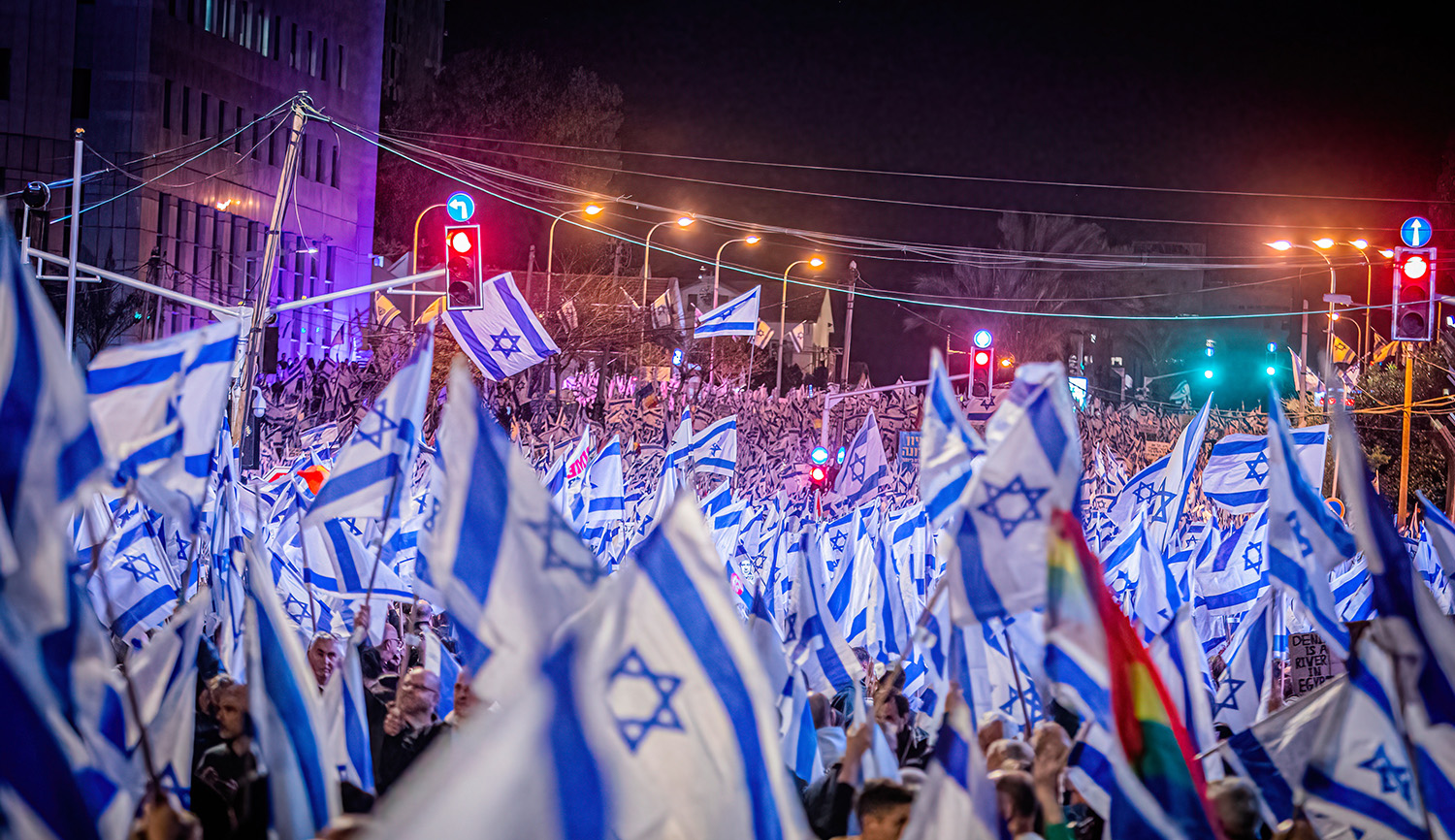Last September, the New York Board of Regents amended the requirements imposed by the state on private and religious schools, with the aim of pushing Orthodox educational institutions to broaden their secular curricula. Ray Domanico examines the complex pedagogical and constitutional issues at play, and reports on his own experience visiting ḥasidic schools in Brooklyn. Among other issues, he addresses the complaint that such schools take public funds while ostensibly failing to educate students according to state-wide standards:
Yes, there is some public money going into [ḥaredi] schools; but no, most of it could not otherwise be used to support public-school budgets. If New York State and the federal government provide funding for various educational and support programs to private schools, they cannot exclude religious schools from participation. However, schools receiving these funds are required to conform to the conditions of the funding. Failure to comply should have consequences. If the schools are using city-funded childcare credits inappropriately, that is a reason to tighten the regulations on how that money can be used by eligible families, not a rationale for overhauling the schools’ curricula.
While their detractors claim that the most Orthodox schools contribute to poverty by failing to educate their students properly, or only cultivate members of narrow and parochial community, Domanico sees benefits that come from the ḥasidic way of life:
Every community has failings. But closed communities also create and grow social strength for their members. Sociologists refer to this as bonding social capital, the social capital within a group, or “people like us.” It is distinguished from bridging social capital, which is between social groups. The two types of social capital are not in conflict; both produce public goods, and bonding social capital can be the forerunner of bridging social capital.
A main argument against yeshivas is that they deny their graduates the skills needed to succeed materially. But that criticism avoids the economic benefits that the tight community bonds found in these communities provide to its members.
Domanic concludes:
The Board of Regents should resist the urge to be heavy-handed in enforcing the [regulations governing religious schools]. Any expectation of activists that these schools exactly mirror the curriculum currently in New York’s public schools will almost certainly be unmet. Further, the value of that public-school curriculum must be viewed in light of the actual outcomes of many public schools, as well as the intrinsic value present in the religious instruction in the yeshivas. . . . The ongoing low performance of numerous public schools and the state and city’s insufficient response to those concerns also raise legitimate questions about the current focus on yeshivas.
Read more at Manhattan Institute
More about: American Jewry, Haredim, Jewish education, Religious Freedom


